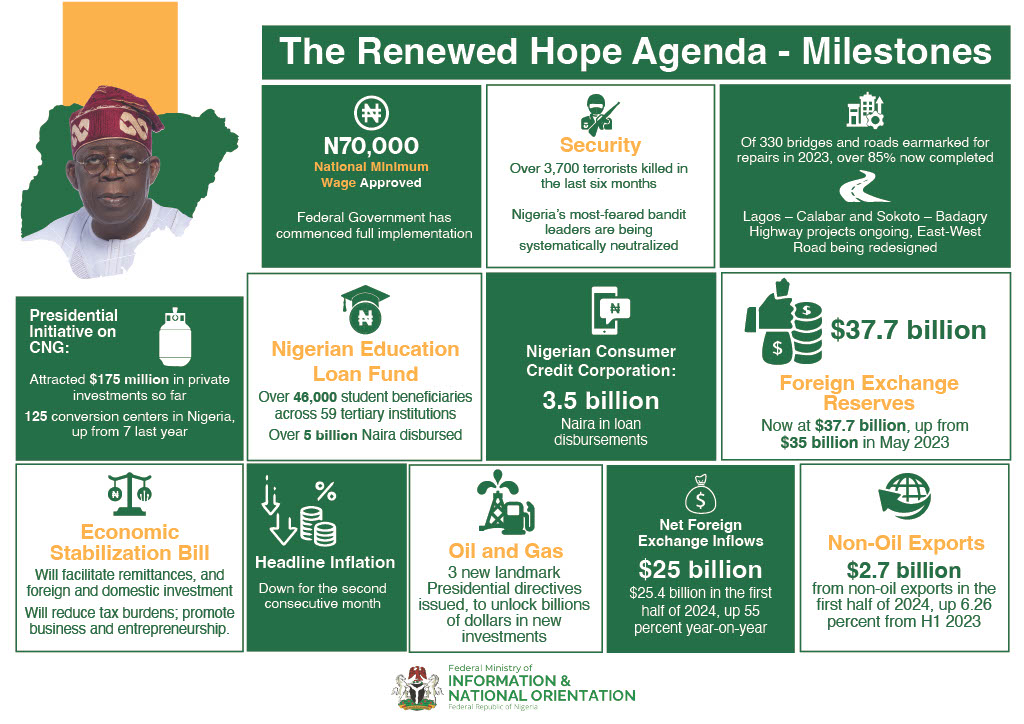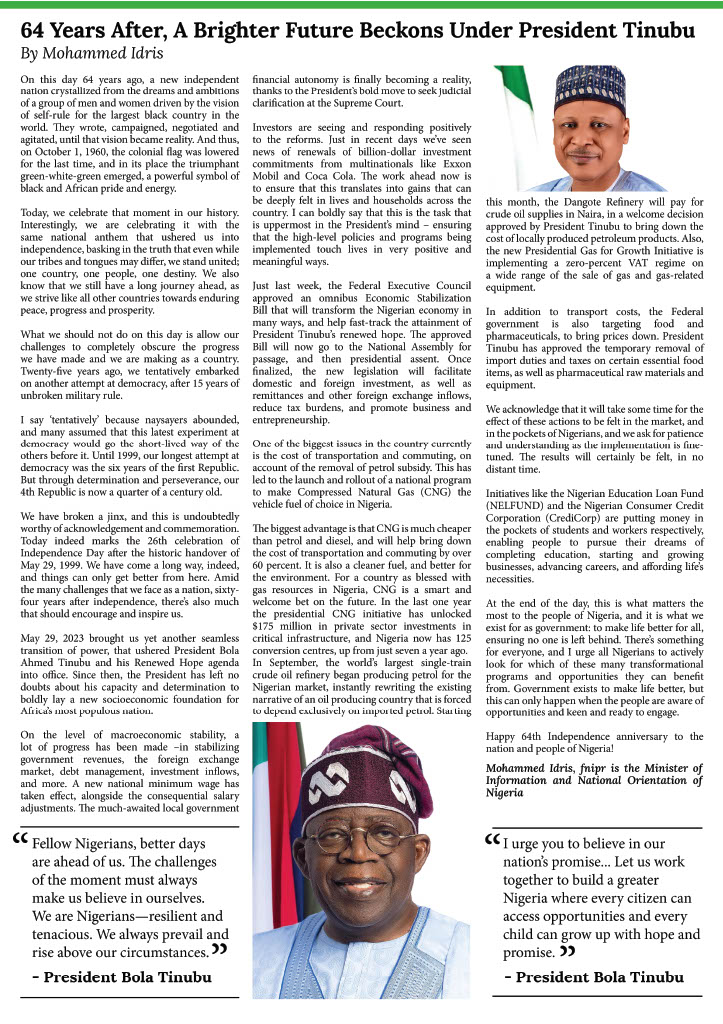|
June 2016
(% year-on-year) |
World share¹
|
RPK
|
ASK
|
PLF
(%-pt)² |
PLF
(level)³ |
|
Total Market
|
100.0%
|
5.2%
|
5.6%
|
-0.3%
|
80.7%
|
|
Africa
|
2.2%
|
3.2%
|
5.9%
|
-1.7%
|
65.0%
|
|
Asia Pacific
|
31.5%
|
9.0%
|
7.2%
|
1.3%
|
79.1%
|
|
Europe
|
26.7%
|
2.0%
|
2.7%
|
-0.6%
|
82.9%
|
|
Latin America
|
5.4%
|
4.6%
|
1.9%
|
2.1%
|
80.8%
|
|
Middle East
|
9.4%
|
7.3%
|
14.4%
|
-4.6%
|
70.3%
|
|
North America
|
24.7%
|
4.3%
|
4.3%
|
0.0%
|
86.3%
|
% of industry RPKs in 2015 ²Year-on-year change in load factor ³Load factor level
International Passenger Markets
June international passenger demand rose 5.0% compared to June 2015. All regions recorded growth, led by airlines in Latin America. Capacity climbed 6.4%, causing load factor to slide 1.1 percentage points to 79.4%.
Asia-Pacific airlines’ June traffic increased 8.2% compared to the year-ago period. However, most of the growth relates to the strong upward trend in traffic seen in the final months of 2015 and into 2016, with June demand barely higher than in February. This could be a natural pause, but possibly is also a sign of Asian passengers being put off travel by terrorism in Europe. Capacity rose 7.3% and load factor inched up 0.6 percentage points to 78.2%.
European carriers saw demand rise 2.1%, the smallest increase among regions, reflecting the negative impact of recent terrorism. While demand tends to recover reasonably quickly after such events, the repeated nature of the attacks may have a more lasting impact. Capacity climbed 3.4% and load factor slipped 1.1% percentage points to 83.3%.
Middle Eastern carriers posted a 7.5% traffic increase in June, which was well down on the double-digit growth recorded earlier in the year. In part this could be owing to the timing of Ramadan, which tends to depress traffic growth Capacity rose 14.3%, which caused load factor to dive 4.4 percentage points to 69.9%.
North American airlines’ demand rose 4.0% compared to June a year ago, which was well up on the 0.5% year-over-year growth recorded in May. Capacity climbed 4.7%, causing load factor to dip 0.6 percentage points to 84.3%, still the highest among regions.
Latin American airlines experienced an 8.8% rise in demand compared to the same month last year, suggesting that carriers there have flown out of the soft patch seen in the first quarter. Capacity increased by 5.2% and load factor rose 2.7 percentage points to 82.4%.
African airlines’ traffic climbed 4.7% in June, an indication that the strong upward trend in demand that began in the second half of 2015 has paused. Capacity rose 7.4%, with the result that load factor slipped 1.7 percentage points to 64.4%, lowest among regions.
The Bottom Line : “The latest figures show that aviation and aviation related tourism delivers $2.7 trillion in economic impact and supports some 62.7 million jobs worldwide. It is a powerful force for good in our world. It is too soon to know whether recent terrorist attacks will have a long-term negative influence on demand, nor what will be the impact of Brexit and the events in Turkey. But it is vital that governments recognize and support aviation’s ability to contribute to global economic well-being and better understanding across cultural and political borders,” said Tyler.









